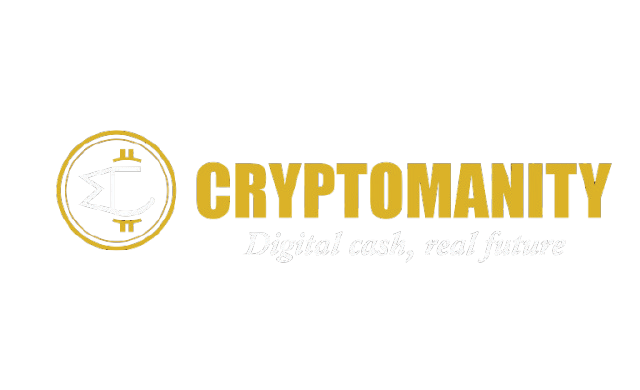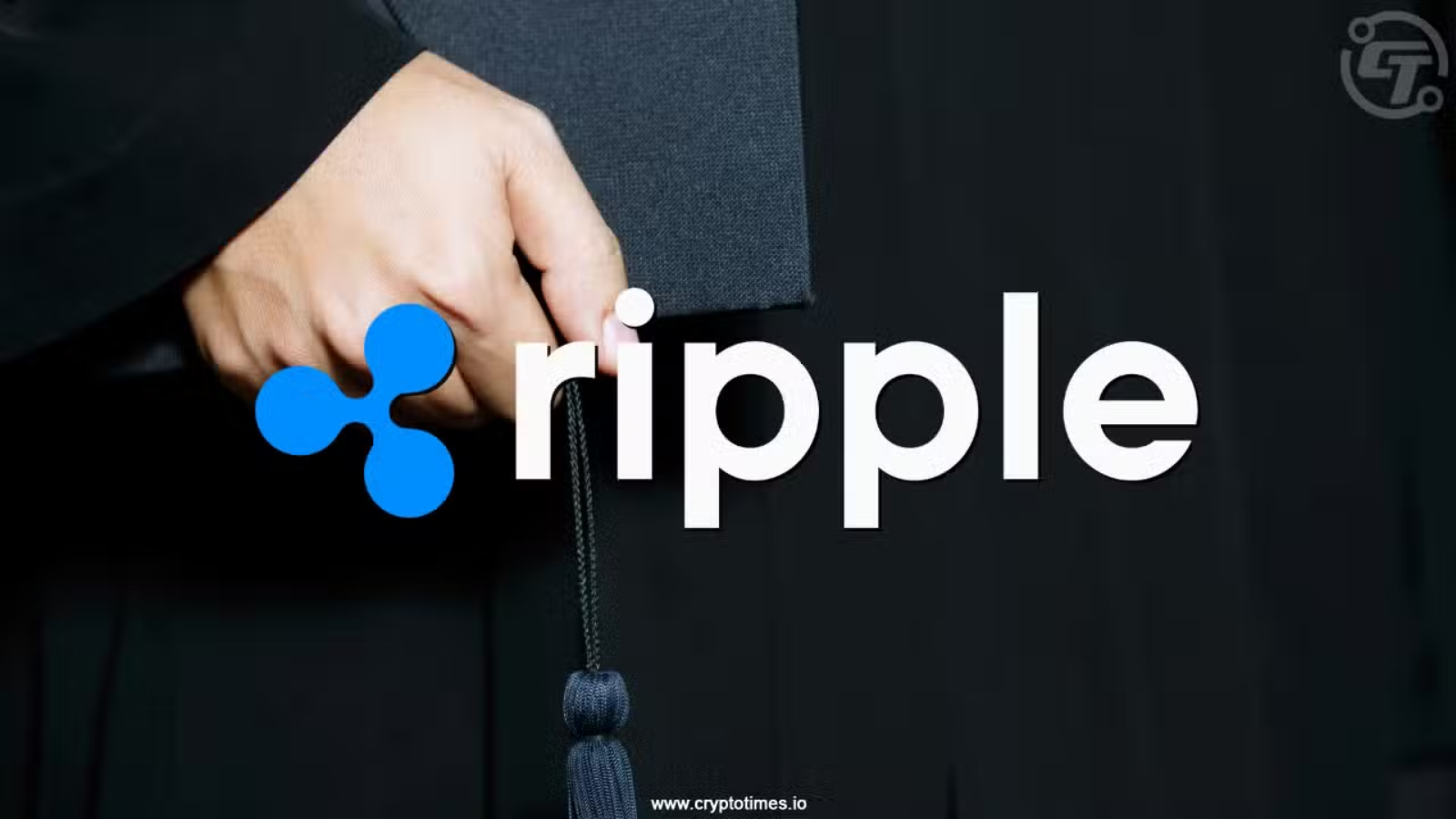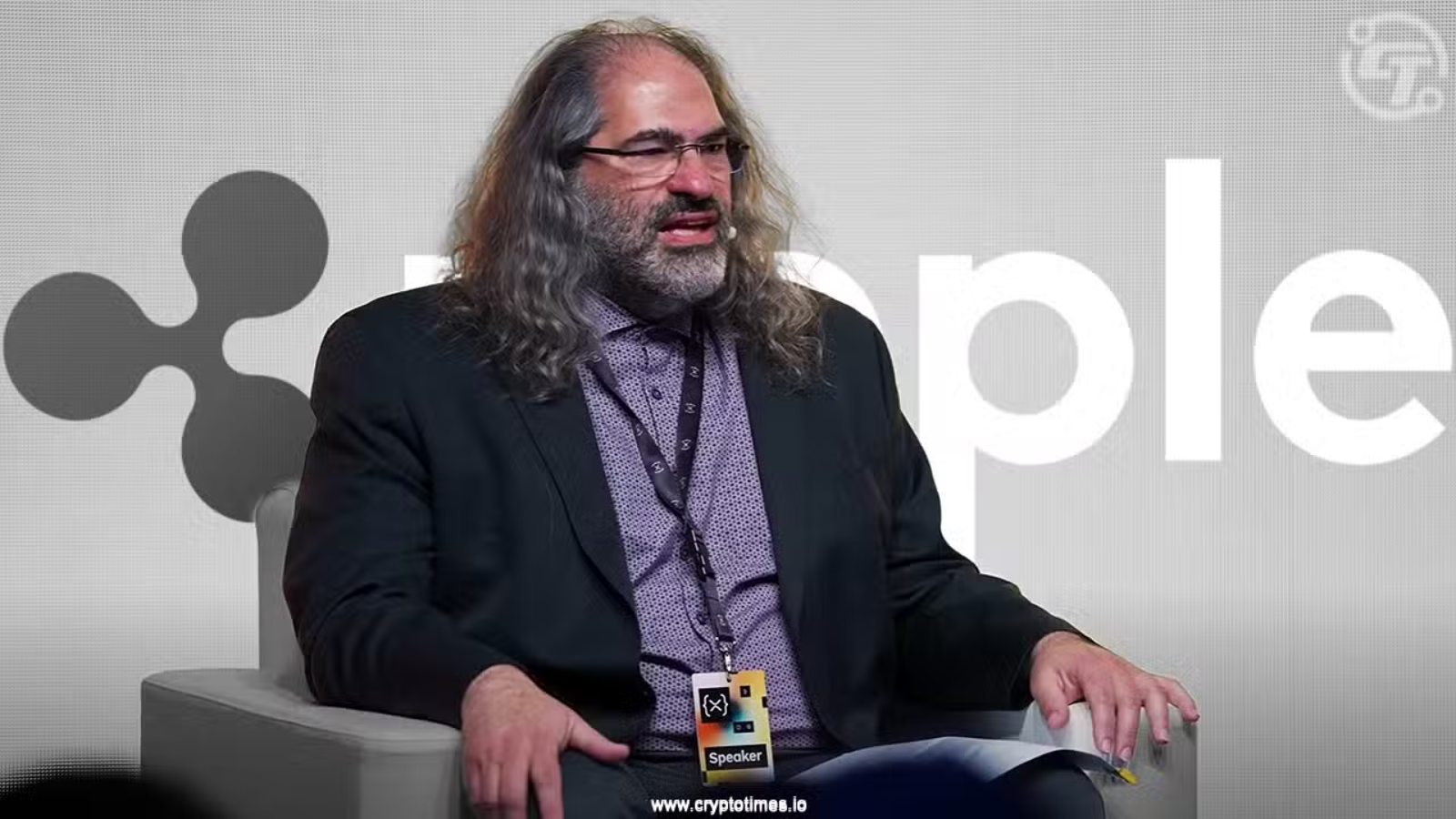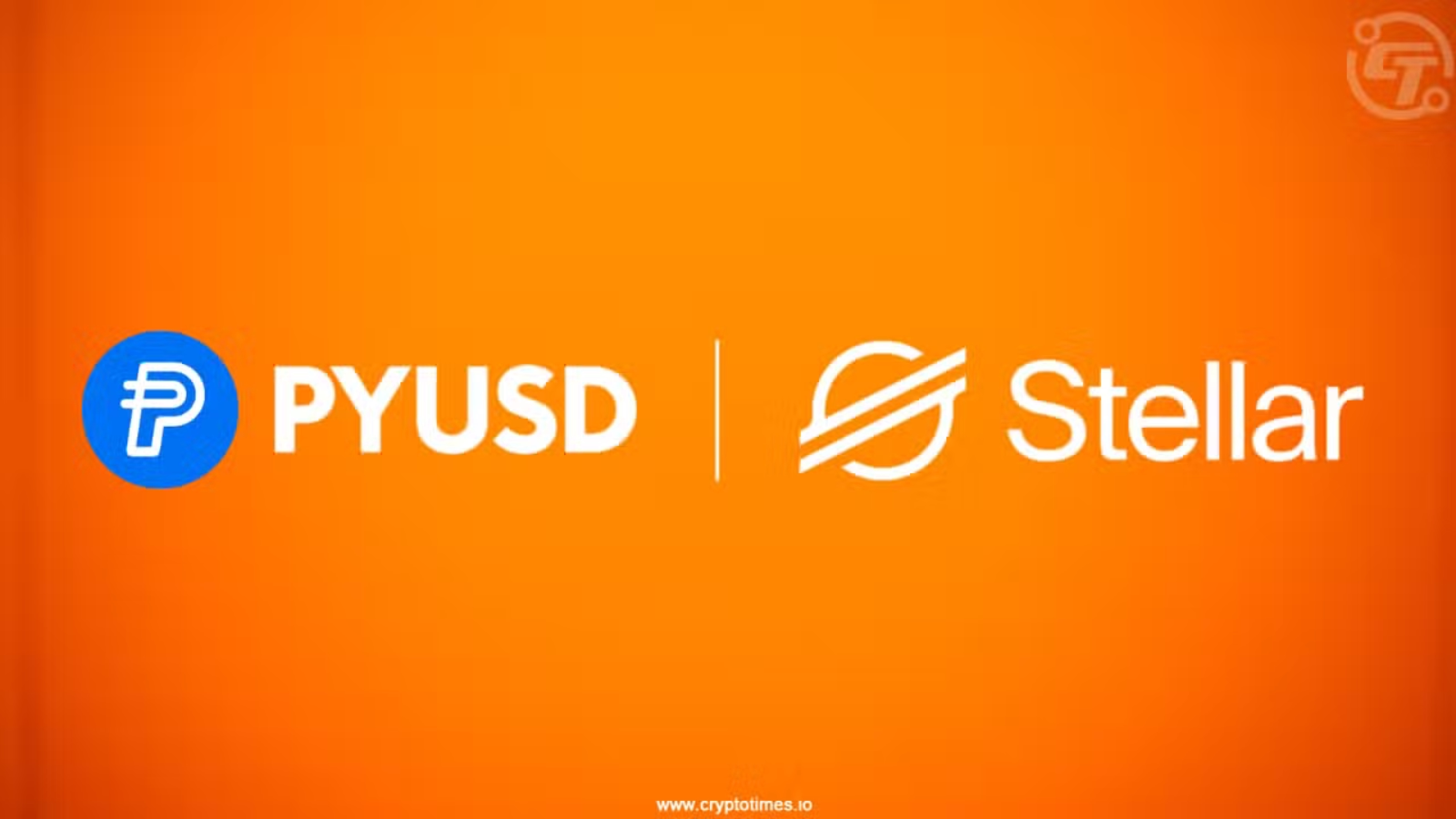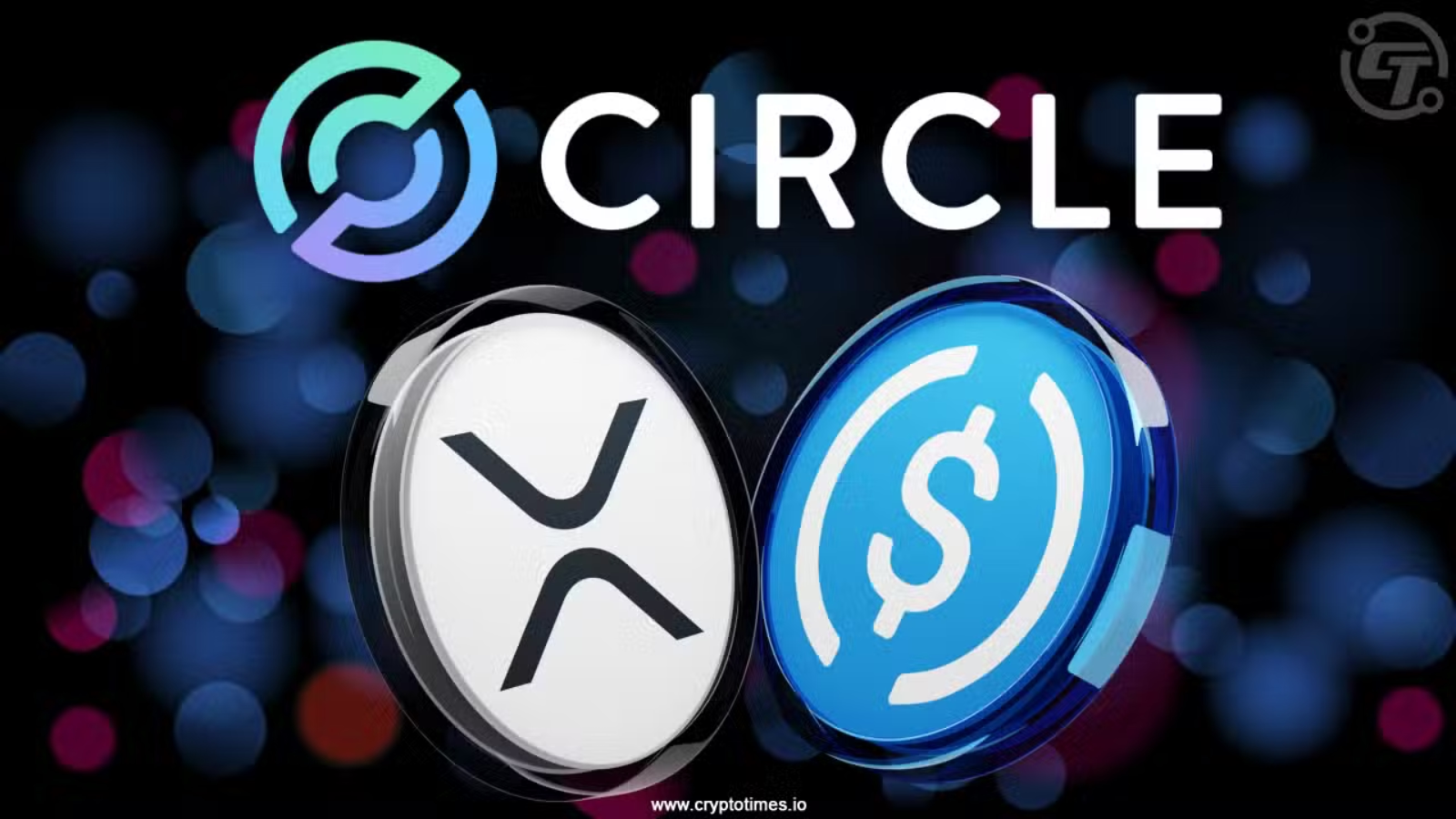Ripple has announced a new $5 million funding round under its University Blockchain Research Initiative (UBRI) to support blockchain research and education across the Asia-Pacific (APAC) region.
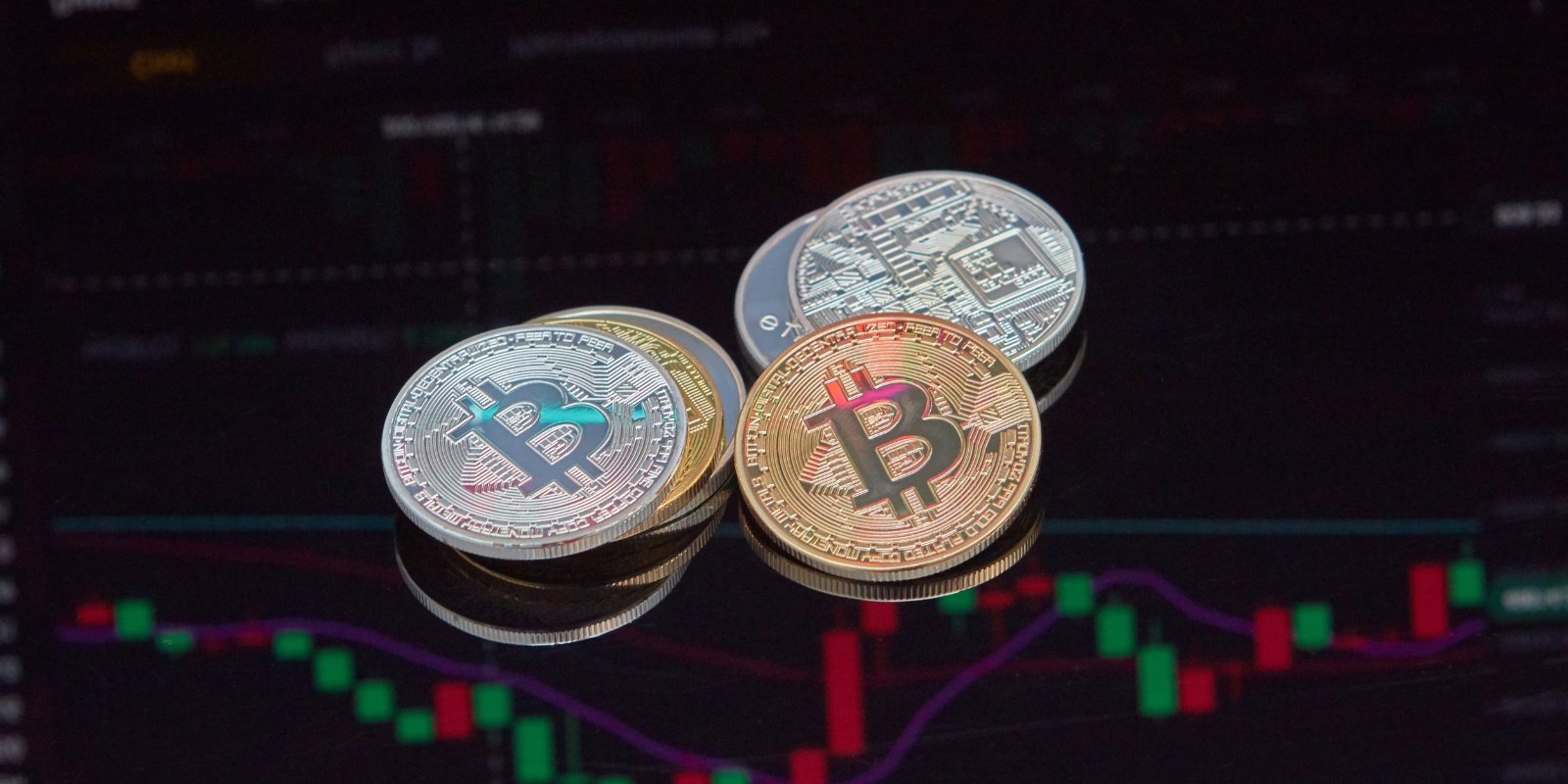
The initiative includes new grants in Taiwan and Australia, along with renewed partnerships in South Korea, Japan, and Singapore, as Ripple expands its presence in a region known for its rapid fintech growth, regulatory innovation, and blockchain adoption.
“Asia-Pacific has long been a hub of fintech and blockchain innovation, and Ripple has been proud to invest in the region’s academic talent from the very beginning,” said Eric van Miltenburg, Senior Vice President of Strategic Initiatives at Ripple.

UBRI, which began in 2018, now supports 60 universities globally, with 13 based in APAC. The program focuses on academic research, student initiatives, and blockchain curriculum development, often centered around the XRP Ledger (XRPL).
UBRI has also extended its partnerships in Japan. Grants to Kyoto University and the University of Tokyo now exceed $1.5 million, supporting research in decentralized finance and blockchain interoperability.
In South Korea, Ripple has committed $1.1 million over six years to Korea University, expanding work on blockchain scalability, privacy, and cryptographic security. The partnership builds on Ripple’s existing collaboration with Yonsei University.
Ripple is strengthening its academic presence in Singapore with a new grant to Nanyang Technological University (NTU) and continued support for the National University of Singapore (NUS). Combined funding in Singapore now surpasses $3 million.

Professor Yang Liu, NTU, said:
“Ripple’s generous UBRI grant significantly enhances our research and development efforts… We are developing an autonomous AI agent network on the XRP Ledger.”
NTU researchers aim to build a blockchain-based AI framework. At NUS, past UBRI support enabled the launch of Asia’s first university DAO and a threefold increase in fintech graduates in 2021. NUS was also ranked the world’s top blockchain university that year.
Ripple has also partnered with the National Kaohsiung University of Science and Technology (NKUST) in Taiwan, marking UBRI’s 60th global and 13th APAC partner.
The six-figure grant will support research into real-world asset (RWA) tokenization across networks like XRPL, Ethereum, and Solana. NKUST will also establish an XRPL validator and a Student Builders Club.

“NKUST is excited about this new chapter… We believe our work will be instrumental in demonstrating how this technology can unlock new value,” said Professor Echo Huang of NKUST.
The move aligns with Taiwan’s national focus on asset tokenization, supported by regulatory initiatives and partnerships involving major financial institutions.


In Australia, Ripple has extended its partnership with the Australian National University (ANU) and initiated a new collaboration with Victoria University.
The total investment in Australian institutions now stands at $1.3 million, funding curriculum development and legal research related to blockchain, cryptocurrency, and XRPL-powered applications such as Evernode, a proposed Layer 2 platform.
Research Highlights: zk-SNARKs, Layer 2, Blockchain Privacy
UBRI-supported research across APAC includes:


- At Korea University, professors Ik Rae Jong and Dong Hoon Lee are working on blockchain sharding, Layer 2 integration, and NFT privacy using zk-SNARKs.
- Professor Junghee Lee is exploring hardware solutions for crypto finance and privacy mixers that still allow regulatory auditing.
- At Hanyang University, Professor Hyunok Oh is focused on zk-SNARK optimization for blockchain privacy and scalability.
Ripple’s UBRI program has now directed over $11 million to Asian universities, funding blockchain, crypto, and fintech research. The company will host its 7th annual UBRI Connect during XRP Ledger Apex 2025, with a pre-summit at NUS in Singapore, featuring academic panels, workshops, and research exchanges from 60 institutions in 28 countries.
“Seven years into UBRI and with 60 university partners globally, we’ve seen firsthand the impact of long-term, trusted collaboration,” said van Miltenburg.
